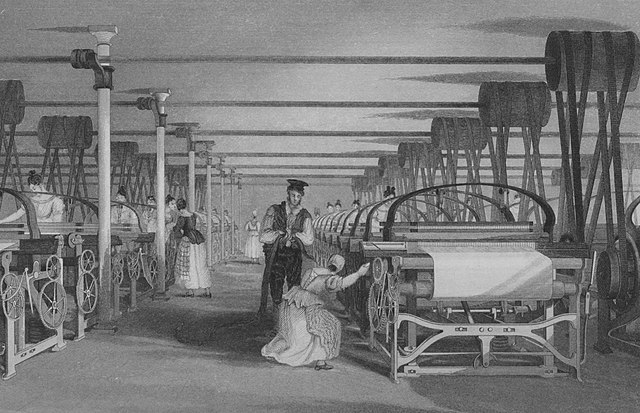pascalaubier.com – The Industrial Revolution, a period of rapid industrial growth and technological innovation that began in the late 18th century, fundamentally transformed societies, economies, and cultures around the world. At the heart of this transformation were factories, which evolved from small workshops to large-scale production facilities. The innovations that took place within these factories were the driving force behind the revolution, changing the way goods were produced and laying the groundwork for the modern industrial landscape. This article explores the key factory innovations that propelled the Industrial Revolution and their lasting impact on the world.
The Birth of the Factory System:
Before the Industrial Revolution, goods were primarily produced through manual labor in homes, small workshops, or local artisan shops. The invention of new machinery and the introduction of power sources like steam engines necessitated larger spaces and more organized production methods. This led to the emergence of the factory system, where production was centralized, and workers were brought together under one roof to operate machines and assemble goods.
Mechanization and Steam Power:
One of the most significant innovations of the Industrial Revolution was the mechanization of production processes. The spinning jenny, power loom, and cotton gin revolutionized the textile industry, increasing production efficiency and output. The steam engine, developed by James Watt, provided a reliable and powerful source of energy that could be used to power machinery in factories, leading to a dramatic increase in production capabilities.
The Role of Iron and Steel:
The Industrial Revolution also saw advancements in metallurgy, particularly in the production of iron and steel. The development of the blast furnace and the Bessemer process made it possible to mass-produce steel, a stronger and more versatile material than iron. This innovation was crucial for the construction of machines, railways, bridges, and buildings, further fueling industrial growth.
Transportation Innovations:
Factories required efficient means of transporting raw materials and finished goods. The Industrial Revolution brought about the construction of canals, the improvement of roads, and the introduction of railways. The steam locomotive, invented by George Stephenson, revolutionized transportation, allowing for the swift movement of goods and people across long distances.
The Impact of Electricity:
Towards the end of the 19th century, the widespread adoption of electricity transformed factories once again. Electric motors replaced steam engines, providing cleaner, more efficient power. Electricity also enabled the use of electric lighting, extending the hours of operation and increasing productivity.
The Human Factor:
While factory innovations drove the Industrial Revolution, they also had profound effects on the workforce. The factory system led to the rise of urbanization as people moved from rural areas to cities in search of work. Working conditions were often harsh, with long hours, low pay, and dangerous environments. Over time, labor movements emerged, advocating for workers’ rights and leading to reforms that improved working conditions.
Conclusion:
Factory innovations during the Industrial Revolution were the catalysts for unprecedented economic growth and social change. They laid the foundation for the modern industrialized world, shaping the way we produce goods, organize work, and structure society. As we continue to advance technologically, the legacy of the Industrial Revolution remains evident in the factories of today, which are increasingly automated and connected, driving the next wave of industrial transformation.
